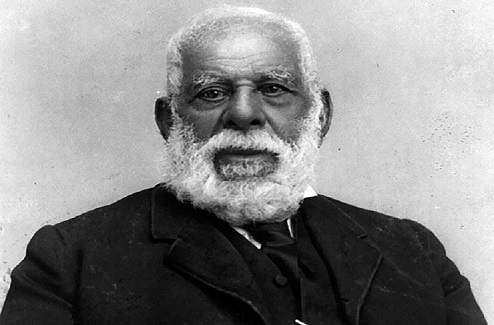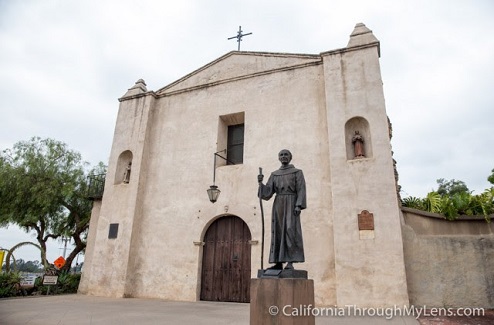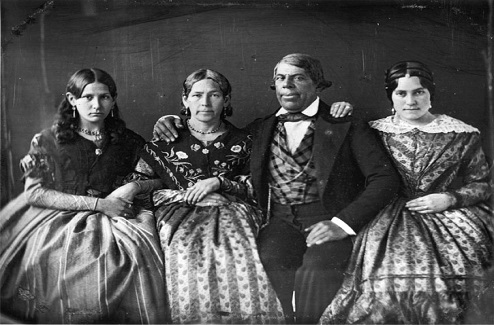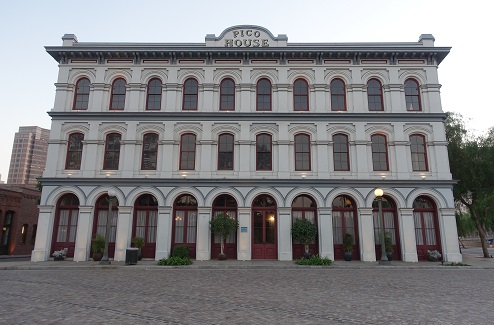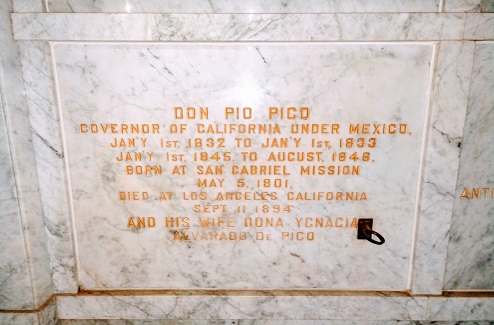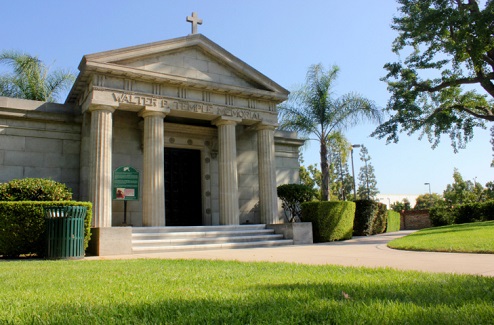Come 1834, now-renowned Pio Pico is spearheading a new endeavor: the secularization of the California Missions, which led to private ownership of the missions by rancheros like Pio and some of his political allies. That same year, he married Maria Ignacia Alvarado and hosted an ostentatious wedding with hundreds of guests that lasted 3 days!
Pio eventually obtained ownership of the Mission San Fernando Rey de España, and in 1841 soon after, Pio and his brother, Andrés, acquired the land grant for Rancho Santa Margarita y Las Flores (now Camp Pendleton).
In 1845, Pio Pico was declared the governor of Alta California and moved the governor’s office from Monterrey to Los Angeles. The following year, Mexico and the United States declared war. New governor Pico travelled to Mexico to request more military support for the war. His plea was not only denied: he was also ordered to spend the duration of the war in Sonora, Mexico. During his sojournment, Andrés Pico was in command of the Mexican forces for the defense of California. After months of conflict, the United States prevailed officially claiming the California Territory in 1847 after a treaty was signed at Campo de Cahuenga (across the street from present-day Universal Studios).
Upon Pio’s return to California in 1848, he was ready to resume his role as governor but was barred from the opportunity, being told his only place in California now was as a private citizen. He had luckily retained his wealth, however, and continued to acquire and maintain large land holdings.
